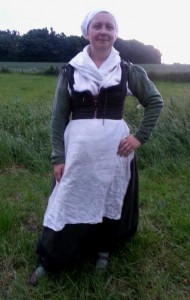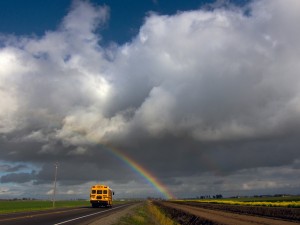
‘WHAT?!’,I hear you cry. ‘Of course we need education!’ And you are absolutely correct.
Sadly in some areas of the world, this is not seen as a basic human right. Children, especially girls, are denied access to schools.
I am sure you have all heard of Malala Yousafzai, the young education campaigner from Pakistan who was shot by people who do not agree with her campaign for girls to be educated.
Malala is carrying on a fight for education that other countries have already fought and won. Tina explains how girls in her home country, United Kingdom, were once forbidden from going to school and when this changed.
Girls and boys did not always have the same right to an education in the United Kingdom. In Anglo-Saxon times, over 1000 years ago, what we now know as private (or ‘public’) schools were opened but were only available to sons of rich noble families. Edward VI opened ‘free’ grammar schools during his reign from 1547 to 1553, but unfortunately poor people needed their children to work and earn money so most poor children were uneducated. Apprenticeships, which taught children trades like stone-masonry or metalwork, were introduced, but most were only available to boys; girls could only apprentice in needlework and other ‘female’ industries.
In 1700 charitable schools were established, which were intended to provide education to poor children. Throughout all this time girls were expected to marry and raise families. This meant rich girls were tutored by governesses and learned subjects thought suitable for girls such as French, music, religious education and art. Poor girls would help their families out in the home so most never learned to read or write at all. They very rarely went to any form of school, and it was seen as normal for a girl to leave school early if she did attend, so that she could marry or help out her family at home.
The Industrial Revolution from early 1700 to the mid-1800s changed the country. The mechanisation of a lot of farm work and the increase in factories combined with scientific advances meant that fewer children needed to work. Schools began to flourish, and in 1816 the first infant school for children between 4 and 6 was opened in Scotland.
Education still cost money but churches would provide reading, writing and arithmetic at Sunday Schools for poor families, and parishes started to develop their own charity schools during the week. Unfortunately the Industrial Revolution meant a lot of poor people couldn’t find work. They moved to cities to try to find work, but there were no schools for the children of the poor and illiteracy remained high. The Elementary Education Act of 1870 said that all children should receive free education between the ages of 5 and 13, but attendance was voluntary.
Politicians and activists recognised the horrible situation and campaigned to improve the situation of the poor. The Elementary Education Act of 1891 meant school had to be provided for free to all children and in 1893 the Act was amended to mean up to the age of 11 and attendance was compulsory. Towards the end of Queen Victoria’s reign in the late 1890s State Education was provided and funded by the taxpayer. State Education meant that all children aged between 5 and 16 had to attend school and study the same basic lessons, known as the national curriculum.
Boys and girls still received different types of education even under the National Curriculum. Some subjects, like arithmetic, writing, English language and literature were compulsory, but others were divided by gender. Girls would learn sewing and housekeeping and boys would learn practical skills or subjects which might lead them to university. Girls were still supposed to marry and look after their families, so it was not encouraged for them to stay in school after 16. Even though education was compulsory, girls often stayed at home if their parents needed help. It was seen as more important for boys to have an education as it was expected they would work and support their families.
Slowly this changed through the twentieth century as women and men campaigned for equality. It is against the law to discriminate within our education system although there is still some pressure for girls and boys to do traditional subjects. Many people have fought for the education system we now have just as Ms Yousafzai fights now for girls in other countries.
Tina Price-Johnson is a Paralegal and Litigation Assistant by day, and Freelance Writer/Poet by night and weekend. She loves history and biography, and enjoys writing about almost anything. She lives in London and travels in the UK and abroad whenever she can, and can usually be found wandering around crumbling ruins, wherever they may be.
Featured Image shows Monteclefe School in Somerset, which ‘…was founded in 1851 by ladies of the Pinney family. It was built in the garden of Monteclefe, a large house in Kirkham Street. They extended it in 1888, and in 1894 it had places for 226 pupils, although only about 124 attended regularly’.



